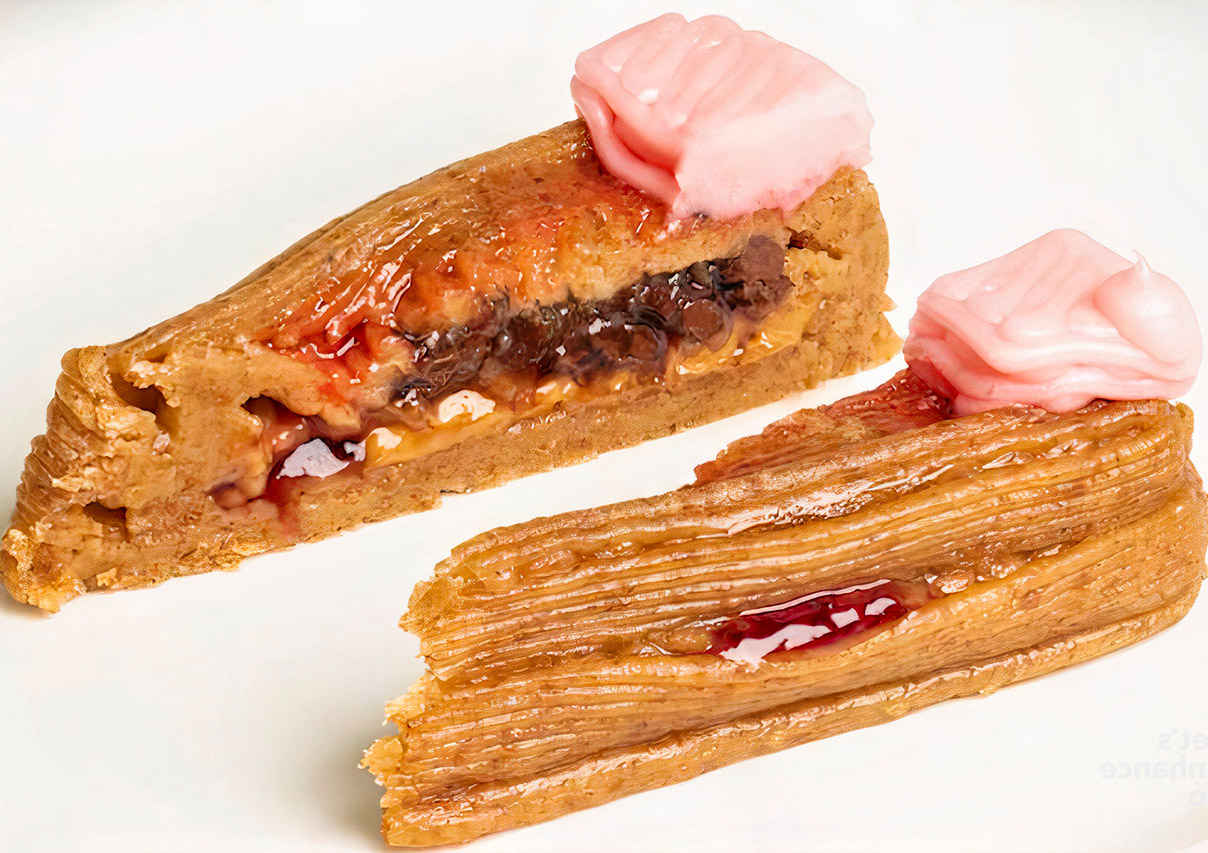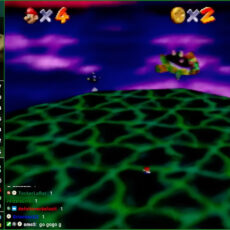
Unlike this edible drone, Columbia University engineers have figured out how to 3D print cheesecake using edible inks. It consisted of seven main ingredients: graham cracker, peanut butter, Nutella, banana puree, strawberry jam, cherry drizzle, and frosting.
The team discovered that graham cracker was best as the foundational ingredient for each layer of the cake, while peanut butter and Nutella functioned optimally as supporting layers. Why? Both peanut butter and Nutella formed pools to hold the softer ingredients. These multi-ingredient designs evolved into multi-tiered structures that followed similar principles to architecture in the real world.
- Resume Printing Function: no worry to the immediate power outage or electric circuit error, Ender 3 has the ability to resume printing even after a...
- Creality Ender 3 3d printer, it is the most basic 3d printer model, more students and beginners can learn the 3d printer by this model, it can help to...
- Advanced Extruder Technology: Ender 3 upgraded extruder greatly reduces plugging risk and bad extrustion; V-shape with POM wheels make it move...

Because 3D food printing is still a nascent technology, it needs an ecosystem of supporting industries such as food cartridge manufacturers, downloadable recipe files, and an environment in which to create and share these recipes. Its customizability makes it particularly practical for the plant-based meat market, where texture and flavor need to be carefully formulated to mimic real meats,” said Jonathan Blutinger, a Columbia postdoctoral fellow in the lab.






